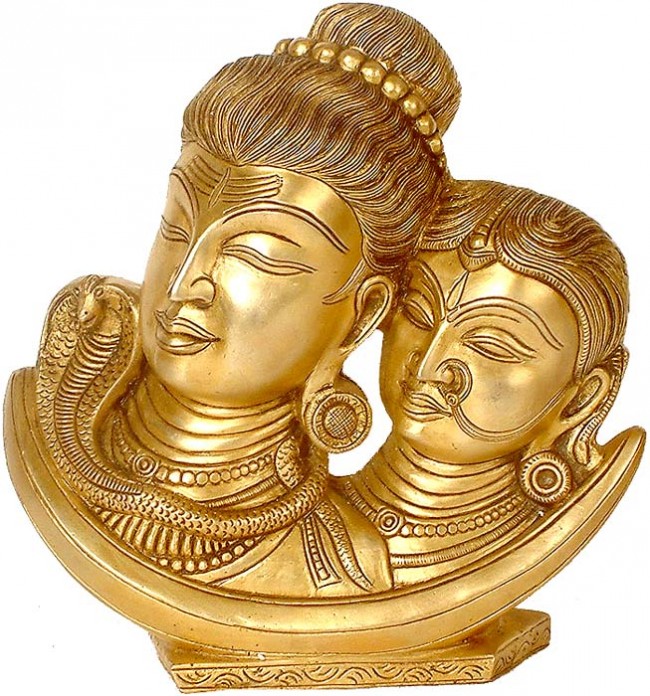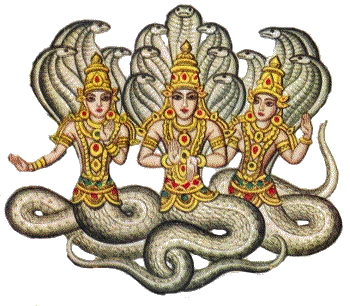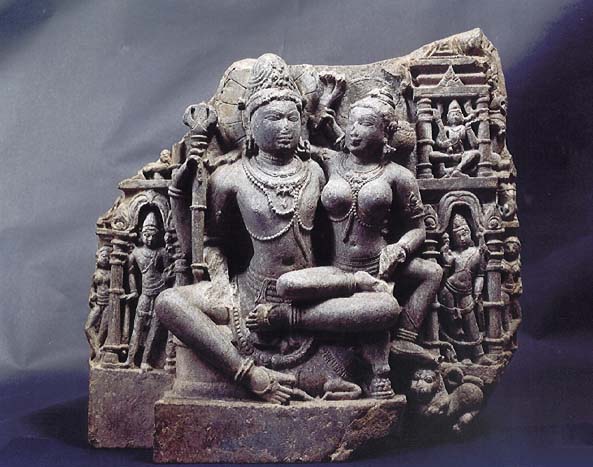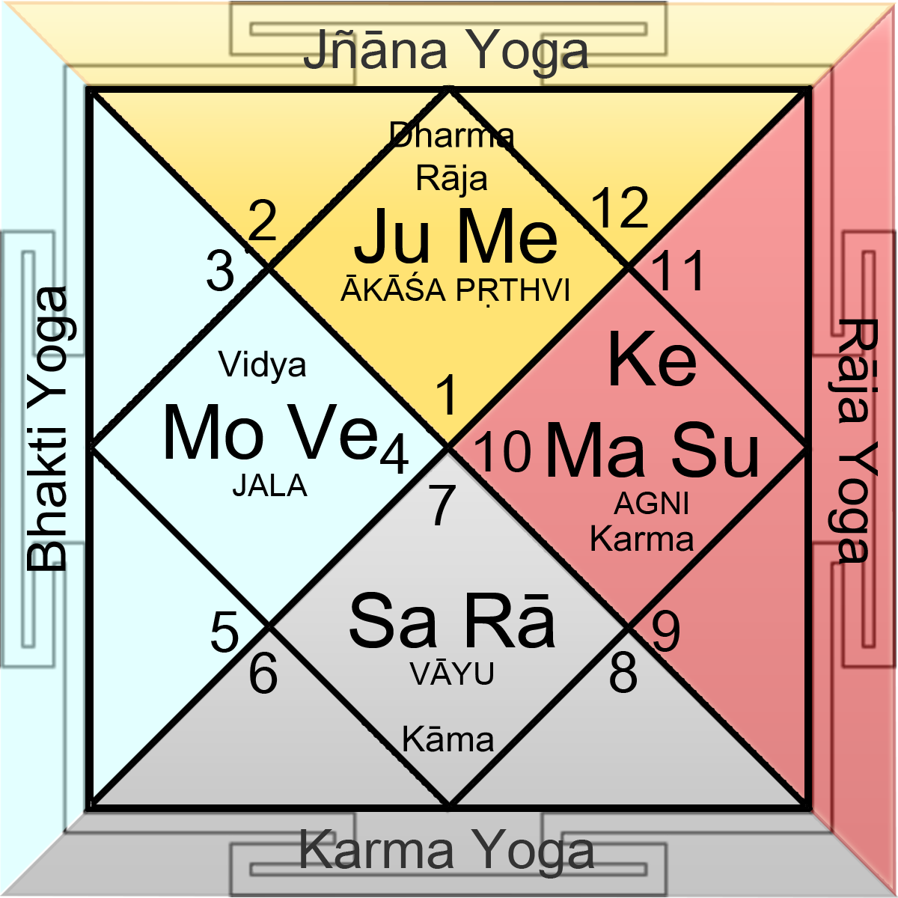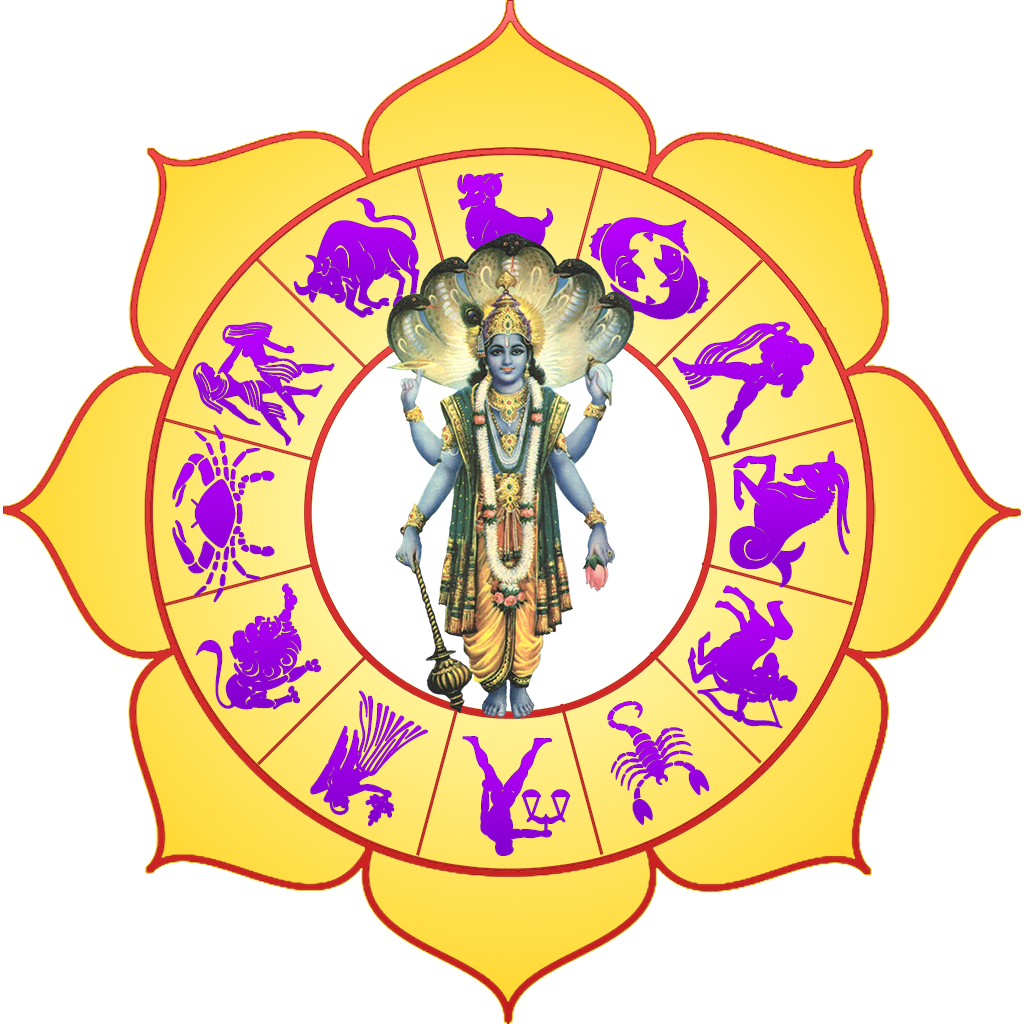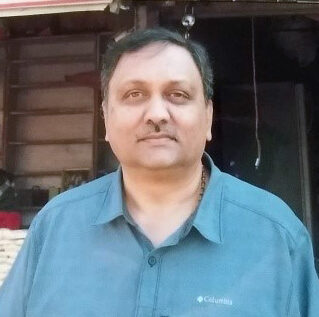Author: Sanjay Rath
D12: Abuse
Saturn Devouring His Son by Spanish artist Francisco Goya Child abuse by parents The planets signifying childhood are the Moon (Baby 0-1 year), Mars (1-4…
D12: Grandparents
Dvādaśāṁśa and grandparents Grandparents, both maternal and paternal are examined from the dvādaśāṁśa. The paternal grandparents are seen from the 9th (father) and 4th (mother)…
Dvādaśāṁśa: Parents
Dvādaśāṁśa devatā Gaṇeśa, Dasra (Aśvinī Kumar), Yama and Ahi (Sarpa) repeating three times, in that order are the four devatā of the dvādaśāṁśa. Devatā Dvādaśāṁśa…
Dvādaśāṁśa Concepts
Dvādaśāṁśa mapping The first dvādaśāṁśa of every sign which extends from 0°00’- 2°30’ of every sign, is mapped into the same sign. For example, the…
Dasāṁśa Yoga
The dasamsa should be analyzed in detail independently like the Rasi Chart. The artha (Artha: Finance, money) trikona is composed of the 2nd, 6th &…

